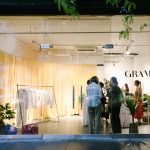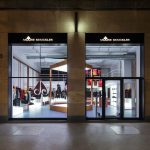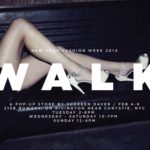The average length of a pop-up store depends on the strategy and goal from the brand. A pop-up store can open up with the intention of being at the space anywhere from 1 day up to 3 months, and in some cases even a 6 month time period. The majority of those who have turned the pop-up store into a permanent space are individual entrepreneurs or smaller brands and companies. Typically, the company is an e-commerce brand looking to test the market with a physical experience. Lucky for some, they see success and soon enough they are operating a full-fledged, permanent retail space.
Successful pop-up stores, depending on the brand’s overall goal, can also turn into permanent spaces. Each one of the companies below have found success in their own journey and made the decision to transition into a permanent space.
- Studying Consumers in their Natural Habitat
After four years of testing pop-up shops in New York, Cuyana, a direct-to-consumer women’s fashion brand, opened its first brick-and-mortar store in NYC this past May. The ladies at Cuyana took almost four years to create what they believe is how Cuyana translates into brick-and-mortar format from their e-commerce site: basically the definition of the website in real-life form. During the four years that Cuyana tested the market through the pop-up store, they were not only testing the sales of the brand, but were gathering data, information and analyzing the actions of consumers.
The pop-up store was a time to study both loyal fans and new prospects in an environment where they can engage and interact. Cuyana used all of the viable data and built out a store with custom furniture, a preview of materials with monograms for customization, and a dedicated area where you can set a purse down, try out a Cuyana bag and test out blocks that mimic common objects in a purse ie. a laptop.
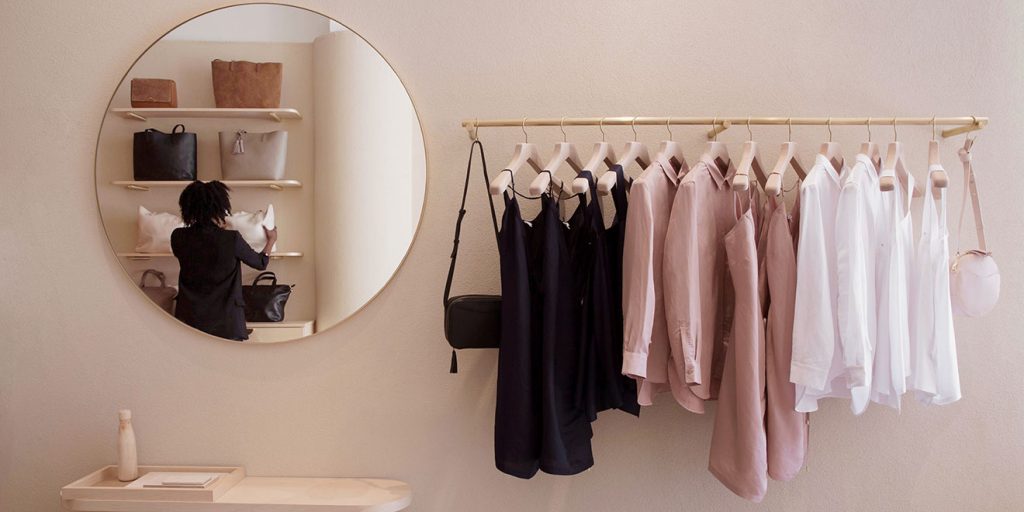
Cuyana is just one example of how brands will test the pop-up experience before finally feeling confident enough to open a permanent store that envisions who they are as a brand and puts the customer’s needs and wants at the top of the priority list.
- Immersive Experiences
Allbirds, the direct-to-consumer company, which debuted in 2016 was quick to test out a 1,000 square-foot pop-up store in 2017 and is now moving into a 2,500 square-foot permanent space with a ten year lease. Allbirds is focused on one thing: sneakers. The sneakers are made from renewable merino wool, and they’re being marketed as “the world’s most comfortable shoes.” The success of the Allbirds pop-up store is driven by the immersive experience. The location features a life-size hamster wheel, where shoppers test out running in the sneakers before they make a purchase.
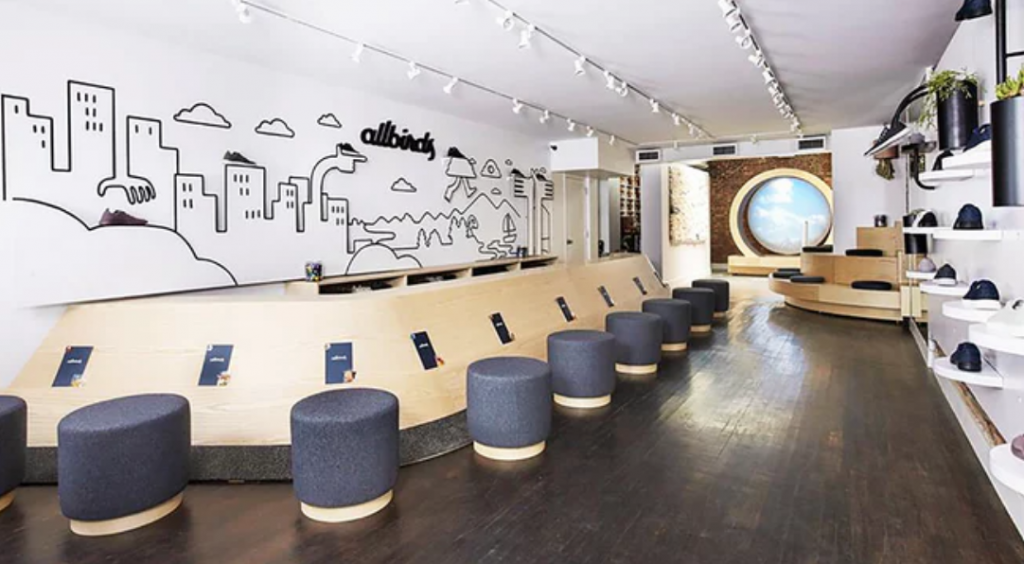
In addition to creating an immersive experience, the New York City store has shoe laces inspired by the colors of the NYC subway and you can test them out at the lace bar. The lace bar is designed for consumers to customize their laces and mix and match. One of the biggest draws to Allbirds is the sustainability factor. Each pair of shoes are made naturally and they are now including eucalyptus tree fiber into the product. The upfront messaging and unique material story resonate with customers and the original style is already a classic and a staple in wardrobes. Up next? A bigger store with more product and more experiences for Allbirds.
- Exclusives and Collaborations
Another success story is Koio, a high-end sneaker brand made in Italy. Koio launched as a direct-to-consumer brand with a focus on making good-looking sneakers at a relatively lower price without skimping on quality. Koio decided to enter into the pop-up store space to bring the brand to life. “What’s important for us in a physical space is to really bring the brand to life, host events for the community and give them reasons to come back (e.g., launch of special editions),” co-founder Chris Wichert told Storefront. One of the main strategies of the company is collaborations. The company has partnered with tattoo artist Jonboy, surfer Quincy Davis, and even Game of Thrones for limited-run sneakers, all of which have sold out quickly.
The founders use the pop-up store strategy was a great way to evaluate how a specific location is doing for them. Storefront spoke with co-founder Chris Wichert: “We like to operate all stores profitably, so we would not make stores permanent if we see that a particular location doesn’t have the potential to get there.”
They are currently testing out a pop-up store in LA and so far the location has been successful. Of course entering the L.A. market for them includes a collaboration with The Beverly Hills Hotel to release an exclusive sneaker with the hotel’s famed Martinique banana leaf pattern. The excitement behind their exclusives and collaborations has developed a devoted fan base globally.
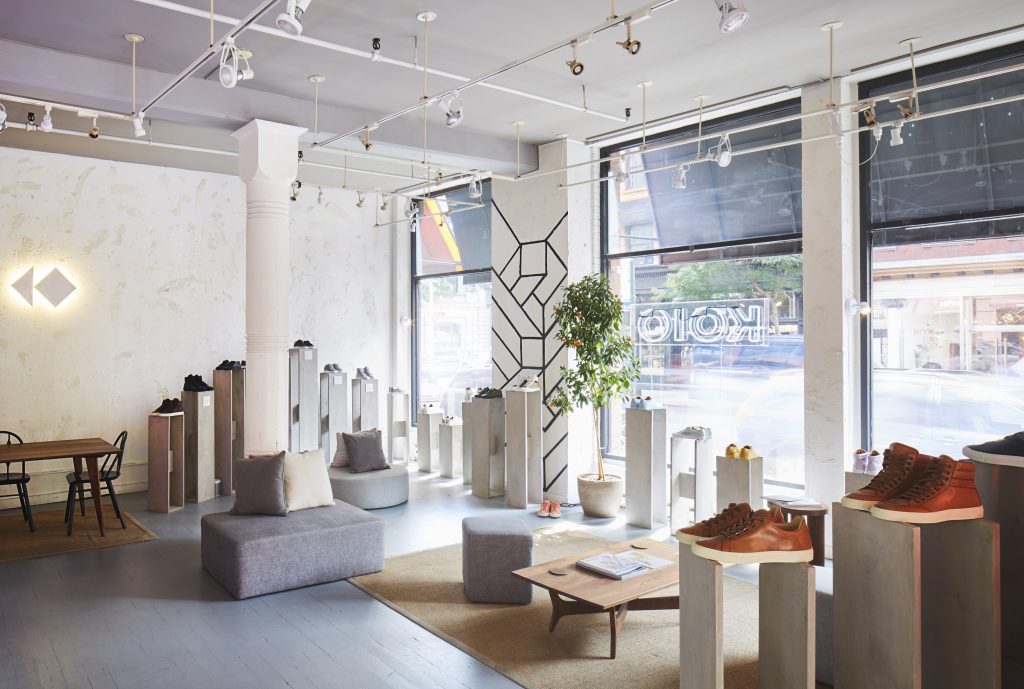
These online retailers took note of the most important ways to be successful at a pop-up store and transformed that proof of concept into something permanent. It’s important to consider that a pop-up store is an easy way to test a location but ultimately it’s about creating the right experience and testing out the experience at that location.
- Why You Should Launch An Unprofitable Pop-up Store - October 18, 2018
- Why A Pop-Up Store Is The Best Content Creator - October 12, 2018
- 4 Reasons You Should Recommend a Pop-Up Store to Your Clients - October 1, 2018

